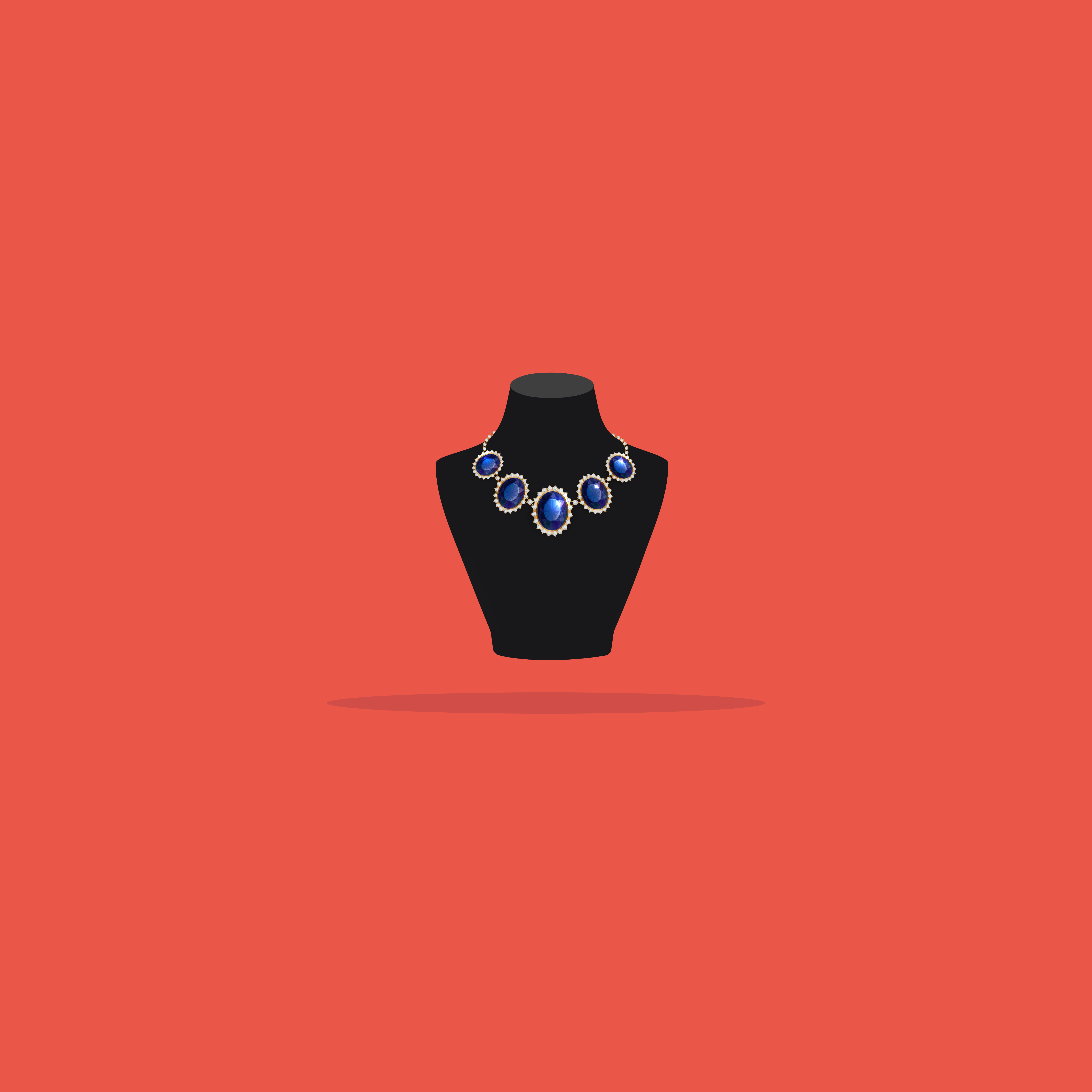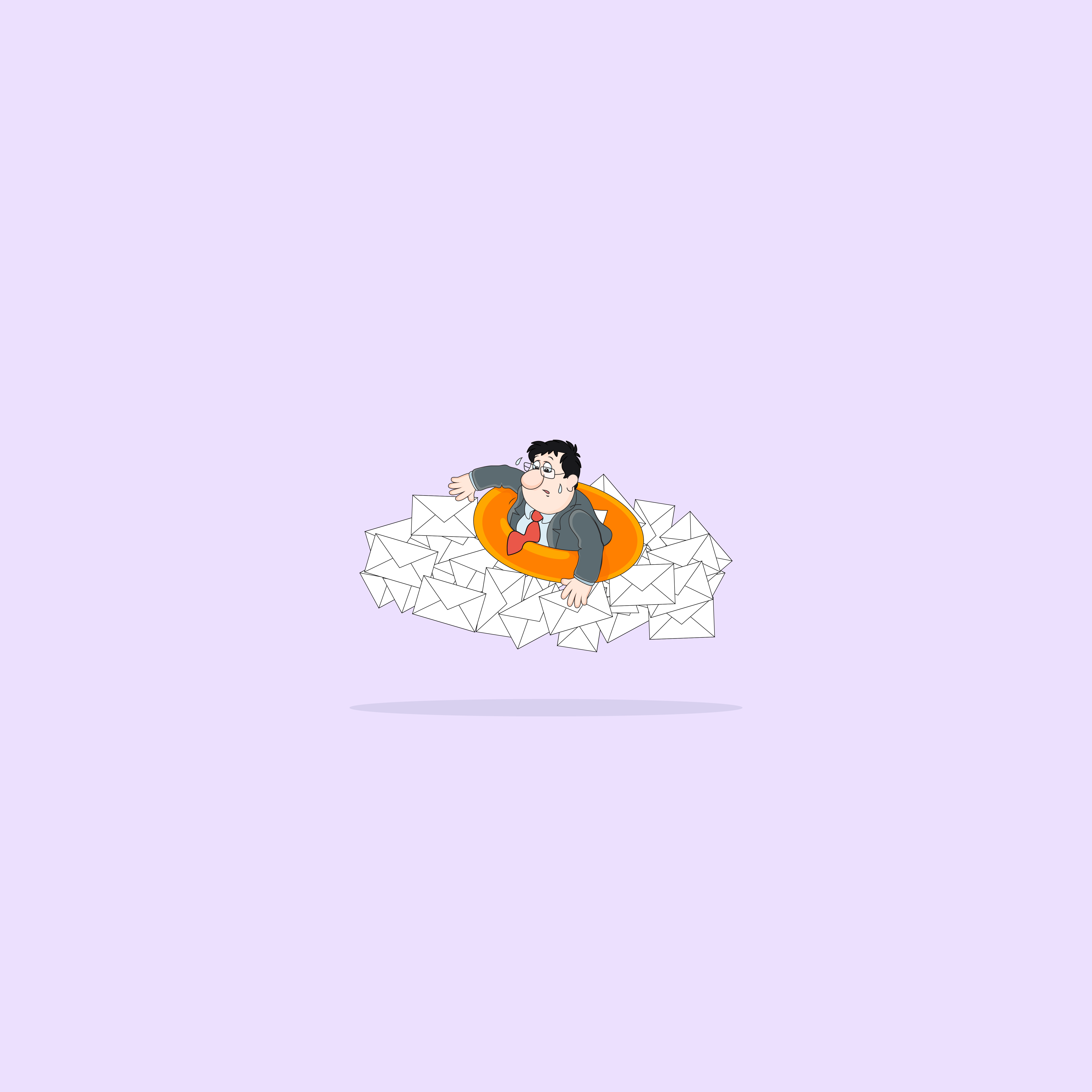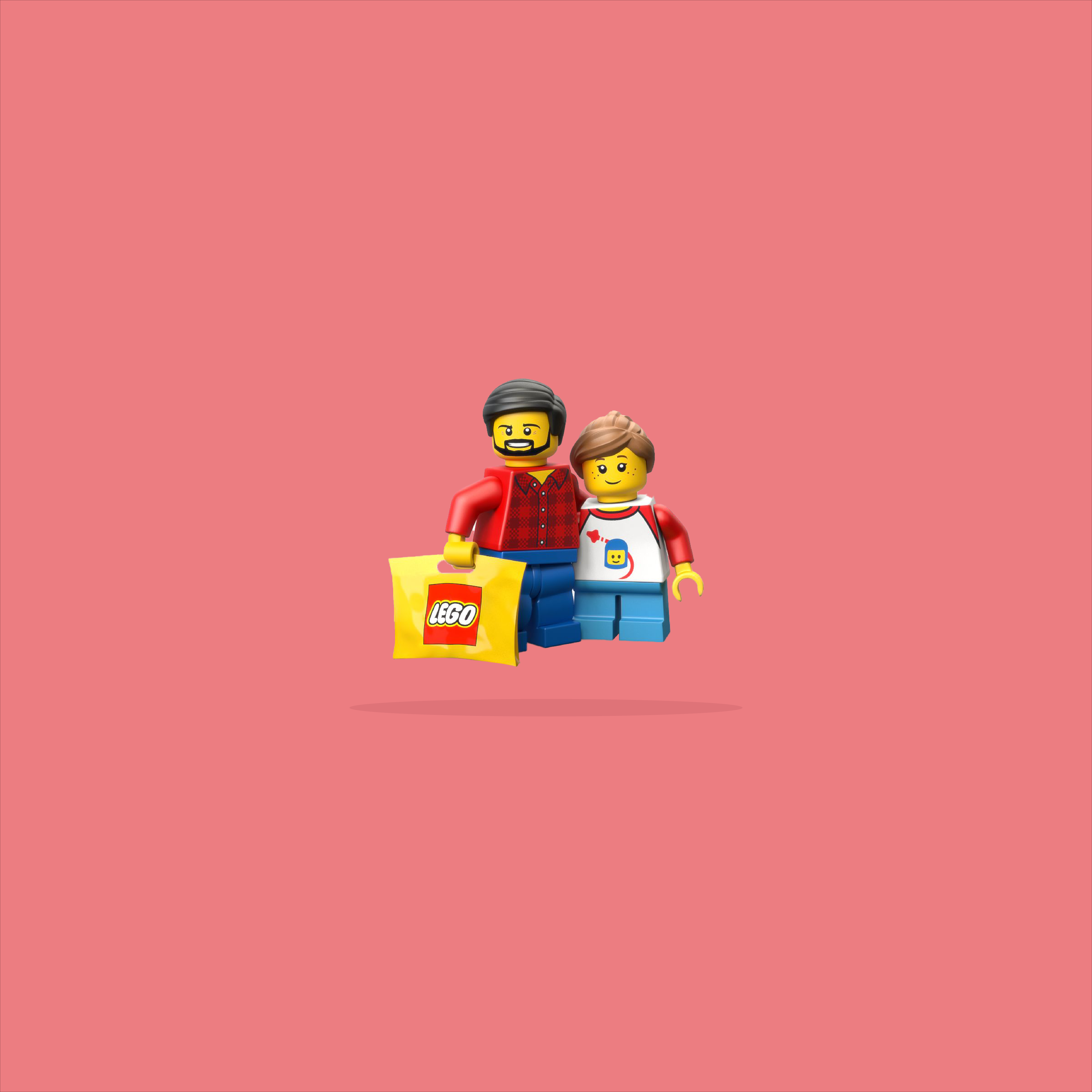Our websites use cookies. By continuing, we assume your permission to deploy cookies as detailed in our Privacy Policy.
Boost Your Conversion Rate To New Heights With UX
No matter what your ecommerce or content site entails, whether it’s online grocery shopping or a dropship business, the name of the game is conversion. Conversion is the fundamental process of transforming a visitor into a client, and the conversion rate, or CR, is the key metric used to measure the success of your website.
Conversion is no easy task — research shows that the average online conversion rate is a mere 2.13%. So while conversion can be difficult, it becomes much easier with the right set of tools. Among these tools is a thorough understanding of one of the most important factors in turning visitors to customers: the user experience.
Perhaps the best way to explain user experience, or UX, is to compare it to something it’s often confused with: the user interface, or UI. While an effective UI contributes to the user’s experience, UX is much more than just an appealing color scheme or a well-placed graphic — it encompasses how the user thinks, feels, and ultimately acts, when browsing a website or app.
If UI is how the car looks, UX is how it drives. If UI is a well-crafted dating profile, UX is the actual date. A quality UX design company understands that the better experience a user has on a site, the more likely they are to adhere to the company’s objectives, whether that’s buying a product, donating to a cause, or subscribing to a service. In short, the more likely they are to convert.
So which factors exactly help convert a user, and how can excellent, well-informed UX design increase the rate of conversion?
Below is a breakdown of just some of the attributes essential to increasing conversion, and how a variety of UX techniques can be used to achieve them. These UX techniques range from quick, easy fixes your developer can whip up in minutes, to extensive research projects that, while time-consuming, can pay off massive ROIs.
Usability: The Foundation Of UX
Perhaps the most intuitive causes of a high conversion rate, it should be obvious that the easier your website is to use, the more likely a visitor is to actually use it. Usability is the cornerstone of a high-quality user experience, which is why a good UX design agency spends significant amounts of time conducting user research with tests, experiments and focus groups. While these methods are effective, there are quicker UX techniques to use to increase conversions as well.
Loading Speed
If your site or app doesn’t load quickly enough, customers will become impatient and “bounce”, or leave the site after visiting just one page. Conversion research, shown in the infographic below, shows the most prevalent reasons customers abandon their shopping carts, or leaving the page without converting. Some of these, like high shipping costs, are out of the realm of UX — but notice that a whopping 11% leave just because the site wasn’t appearing quickly enough.
Familiarity
A broad term in and of itself, familiarity simply means using pre-existing conventions that users know and are accustomed to. To use the old adage: don’t reinvent the wheel.
Your company’s logo should be prominently displayed in the top left corner, and should link back to the home page. Why? Because everyone else does it, and doing otherwise could confuse the visitor, worsening their experience on your site. Use traditional locations for the navigation and search bars, and stick to standard symbolism: a gear or wrench for settings, a speech bubble for chats or communication. Creativity can be implemented to make your site stand out, but in terms of usability, conventionality should be king.
The Check Out
So close, and yet so far. Referring back to the infographic above, notice that checkout, the final obstacle to overcome in conversion, is the most frequent perpetrator of an abandoned shopping cart. Even after the visitor has viewed your site, decided it was appealing to them, navigated to a product they were interested in, and added it to their cart, poor UX design in the checkout process can erase all of it. When tailoring your checkout for optimal UX design, the following should be implemented:
1. A Guest Checkout Feature
Responsible for 14% of abandoned carts, customers want to purchase their product quickly, without the hassle of creating an account and entering personal information. This should be intuitive — when shopping at a traditional brick-and-mortar store, customers aren’t expected to create accounts or become members. They simply want to complete their transaction, and go about their day.
2. Keep Form-Filling To A Minimum
In a similar vein to the guest checkout feature, your checkout process should avoid asking customers to fill out several forms. Buyers do not want to undergo the time-consuming task of inputting every aspect of their personal info. To create a checkout with better UX design, ask for the essentials only.
3. Checkout Progress Tracker
Breaking down the checkout process into discrete steps, and displaying what step a buyer is on, adds transparency to the checkout. Without a progress checker, you risk a potential customer becoming fatigued with the checkout process, and abandoning their cart.
Credibility: A Comfortable User Experience
While ecommerce has skyrocketed in recent years, many people still have qualms with online shopping, fearing scams, fraudulent websites, and the privacy of their financial information. Just like a brick-and-mortar store, if a visitor feels comfortable and safe while perusing products, the more likely they are to become customers. UX can accomplish this with a few basic design changes.
One way is by emphasizing credibility symbols, such as logos from trusted authentication services like 3-D Secure or VeriSign. Another way is prominently displaying contact information, making it easy for the client to get in touch if they have concerns. Lastly including easy-to-find testimonials or customer reviews showing proof that real people have interacted with your site (and had a positive experience).
Desirability: A More Meaningful Experience
UX design becomes even more powerful when an emotional response is attached to it. This is the essence of desirability: captivating design, striking images, fonts and color schemes that evoke feeling. This sounds like pure UI, but when these principles are applied to UX, the result is a meaningful connection between the brand and the user — a sure-fire way to convert a visitor.
One of the most common UX design techniques used to create desirability is positive reinforcement. Take a look at the screencaps below, showing what happens when a user visits Slack, or Groupme.
Slack offers warm, friendly advice when a user logs in. Similarly, Groupme pays a quick compliment to the user before suggesting what they should do next. It’s simple, effective personalization, and it makes users more likely to continue browsing the site and convert into customers.
Another excellent example of UX design used to elicit desirability is Google Chrome’s “No Internet Connection” error screen. At first, the screen appears to simply feature a cute, pixelated T-Rex. But when any key is pressed, the dinosaur begins to move, starting a simple, fun platform game that mitigates the frustration of an Internet connectivity. It gives the the web browser quirk and personality, and users can sense that, and relate to it.
Putting in All Together
So what have we learned? Conversion is difficult, but can be accomplished when your site is usable, credible, and desirable. To give your site these key attributes, look no further than effective UX design, a method essential to high conversion rates. Quality UX is the magic wand that transforms visitors to customers — what’s stopping you from using it?
This is a guest post by Sean McGowan, from Codal Inc.








